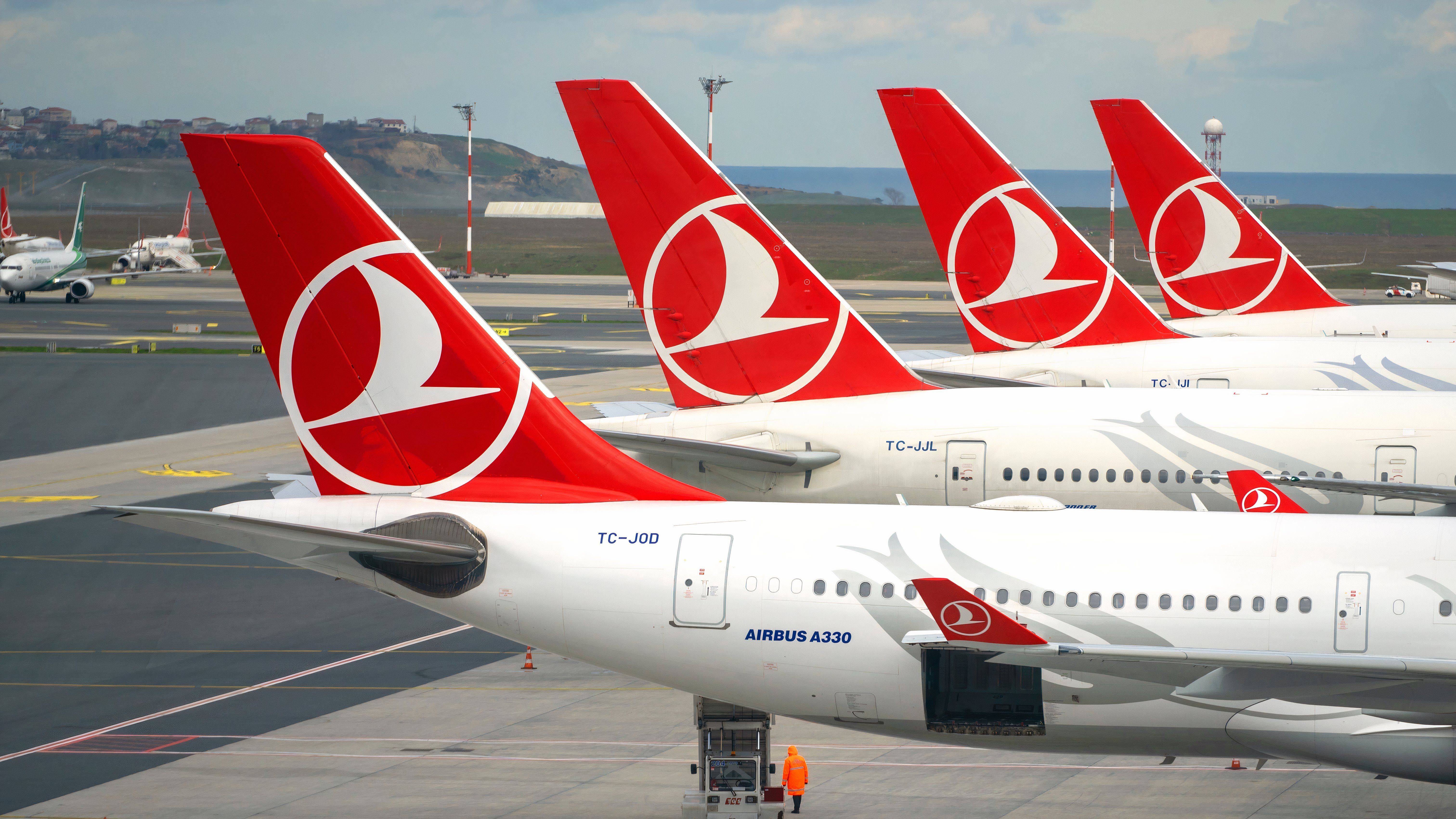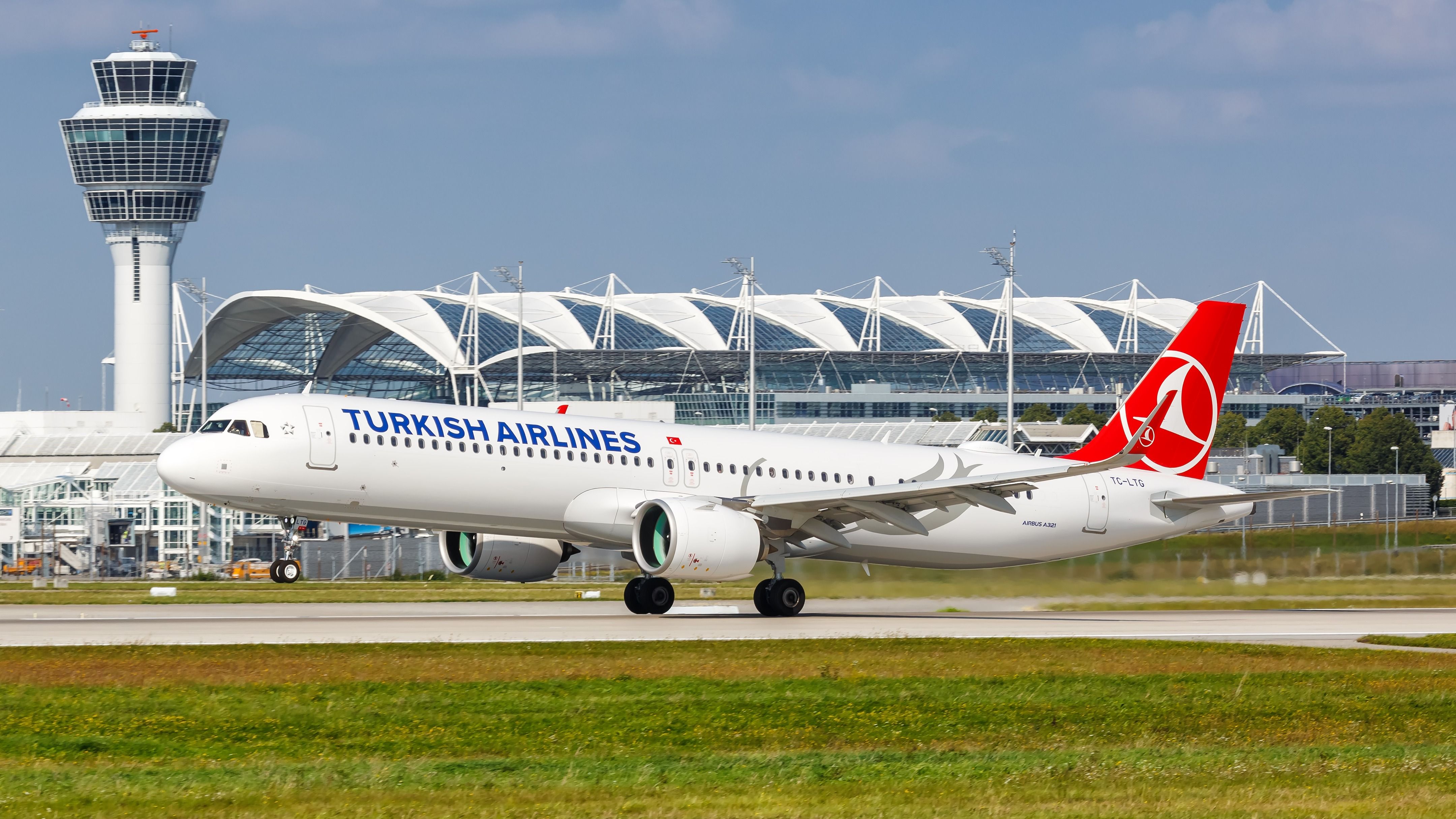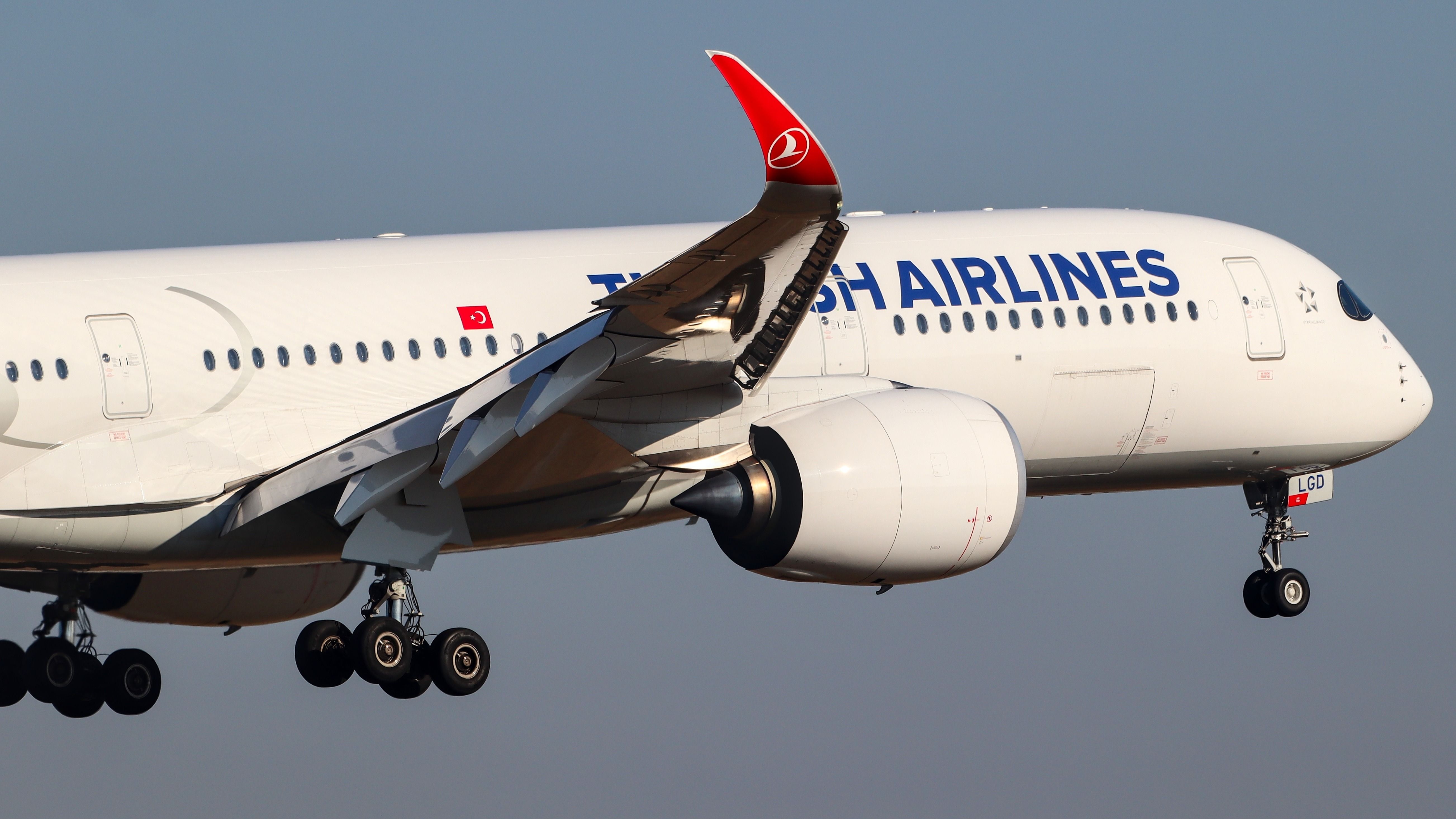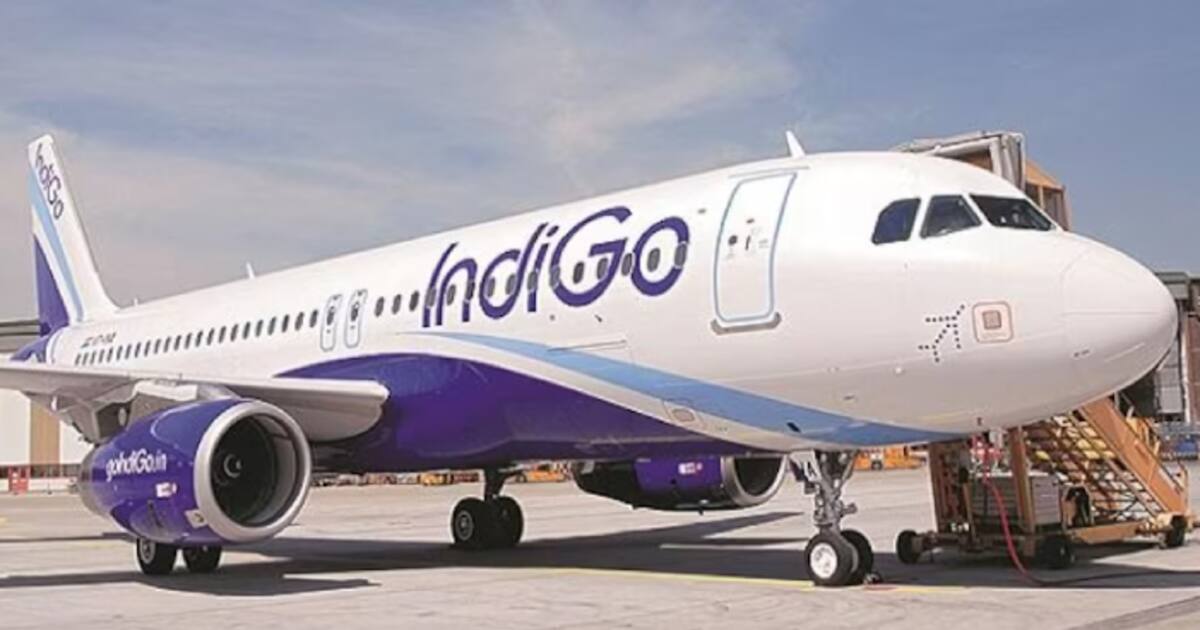37 Million: Where Turkish Airlines’ Transit Passengers Fly
![]() Turkish Airlines
Turkish Airlines
serves more countries than any other carrier. However, it does not fly to most airports—United Airlines does. Nonetheless, multiple airports joined Turkish Airlines’ network recently.
Additions in 2024 include Denver, Melbourne, Mersin (replacing Adana), Santiago de Chile, Sydney (becoming the carrier’s new longest route), Turin, and Tripoli Mitiga. In January 2025, flights resumed to Benghazi and Damascus, while Ohrid service begins in March.
While not announced yet, Auckland and Minneapolis are expected to join Turkish Airlines’ network this year. If Auckland materializes, it will likely be via Singapore, becoming the world’s fifth-longest one-stop service. When its A350-1000s arrive, specifically configured aircraft are due to serve the New Zealand city non-stop. If it happens, it’d be the world’s longest non-stop operation.
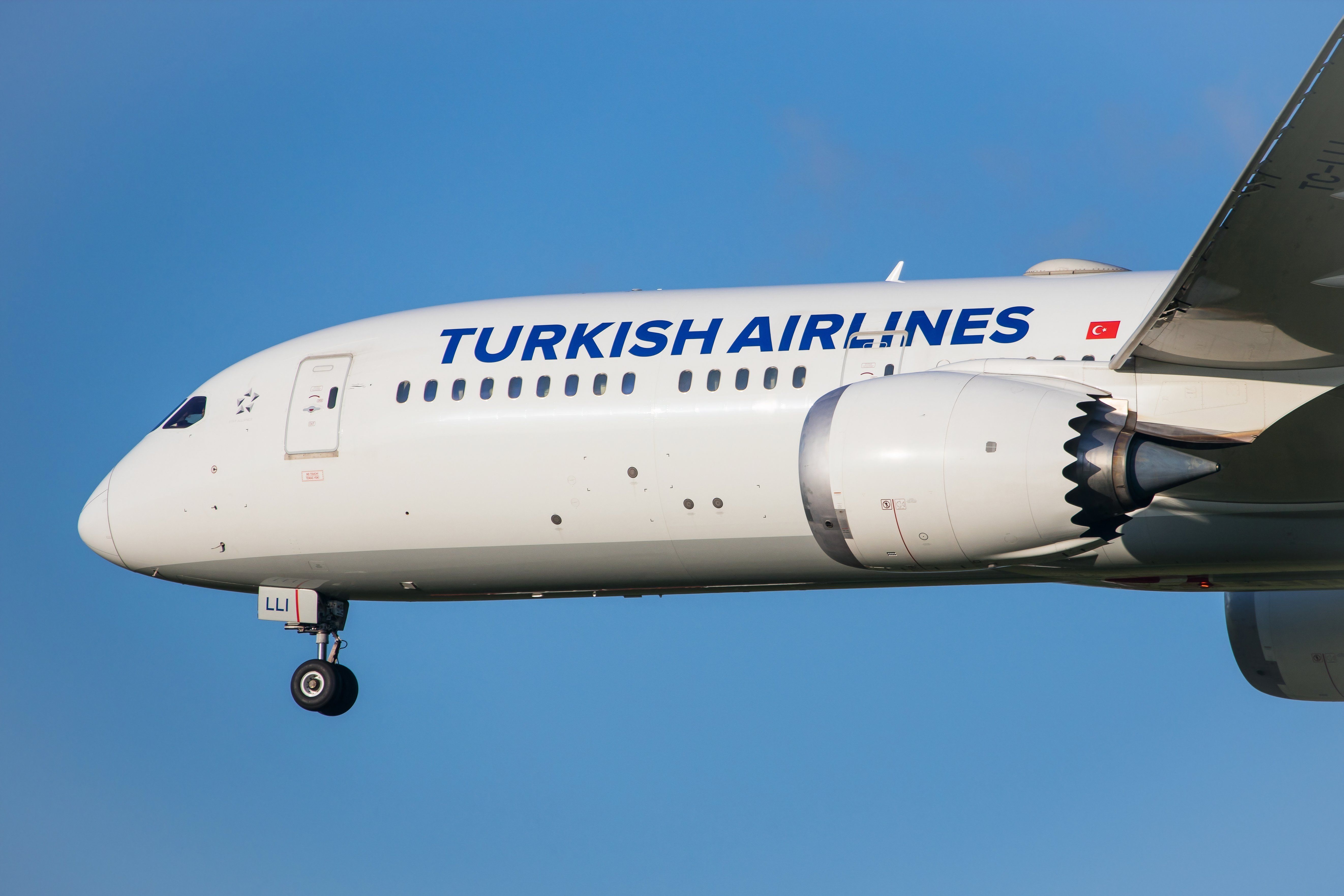
Related
Why Minneapolis? Turkish Airlines Plans Flights To 15th US Destination
The route is expected to begin in the spring.
37 million connecting passengers
Booking data for the 12 months to October 2024 suggest approximately 37 million roundtrip passengers connected between two Turkish Airlines flights at its fast-growing  Istanbul Airport
Istanbul Airport
hub. That was over 100,000 daily.
Unlike some major hub-and-spoke carriers, Turkish Airlines is lucky. It has a vast domestic market, around 16 million people live in the Istanbul metro area, and its Istanbul hub is well-located geographically for many critical markets. Narrowbodies can be used extensively, even on long legs to Africa, helping with frequencies, market share, network growth, etc.
Photo: Markus Mainka | Shutterstock
Its hub is new and built for growth, something that many places in Western Europe, for example, cannot claim. But it can be overwhelmingly large. Taxi times to/from the runways can take 20+ minutes, and its size can be counterproductive for quick and competitive transit times. Yet its average wait is 2h 31m, down by 31% in 10 years when Istanbul Atatürk existed.
There is a significant Turkish diaspora (especially in Europe). Turkey is growing quickly as a tourist destination, and the local traffic (passengers who only fly to/from Istanbul) is significant. Indeed, most of the Star Alliance member’s passengers do not connect. This is important: point-to-point traffic is higher-yielding, offsetting lower-yielding but volume-building connecting passengers.
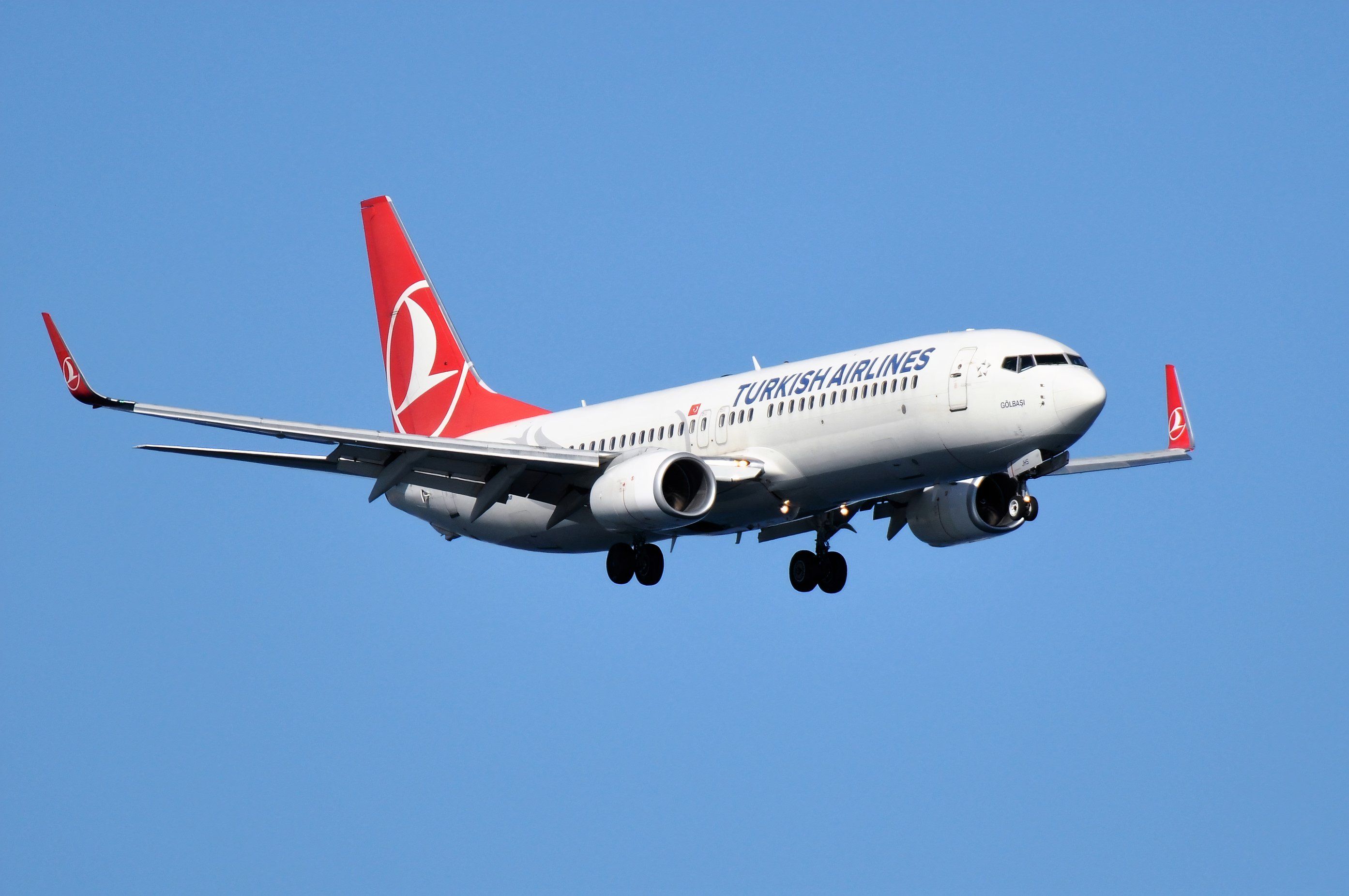
Related
Turkish Airlines Has Passenger Flights To 51 African Airports After Latest Route Starts
The carrier now plans up to 49 departures to Africa daily.
These are the top country markets
Breaking down its 37 million connecting passengers suggests these were the most popular country-level origins and destinations. They accounted for nearly one in five of its total. Only two—Germany to Iran and the US to India—did not involve wider Turkey, benefiting from a lack of non-stop services.
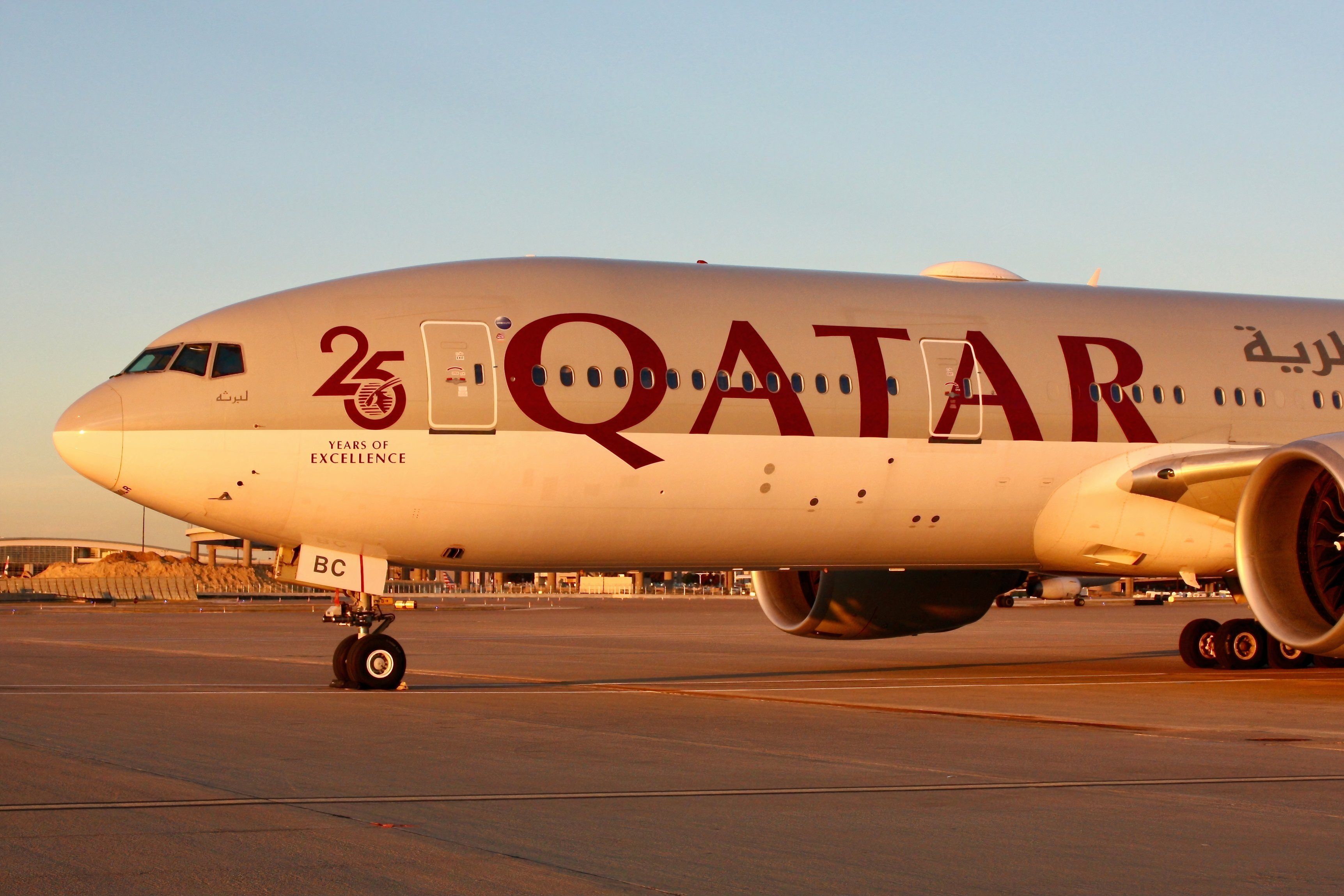
Related
Qatar Airways’ 2 New Destinations Change Its Top 10 Longest Non-Stop Routes
The development more than doubles the carrier’s South American network.
Turkish Airlines transported more connecting passengers domestically than any one international market. That is despite Istanbul’s geographic position, offset by Turkish Airlines’ dominance, vast network, and frequency.
Equally surprisingly, traffic bound to/from wider Turkey was critical. This may suggest that the country has many potential non-stop routes that are not served or are underserved. It’s something to watch in the future.
As always, traffic figures are estimated based on booking data.
- Turkey to Turkey (via Istanbul): 1.9 million roundtrip passengers
- Germany to wider Turkey: 1.3 million
- US to wider Turkey: 746,000
- Italy to wider Turkey: 545,000
- UK to wider Turkey: 506,000
- France to wider Turkey: 402,000
- Spain to wider Turkey: 320,000
- Germany to Iran: 306,000
- Switzerland to wider Turkey: 302,000
- US to India: 296,000
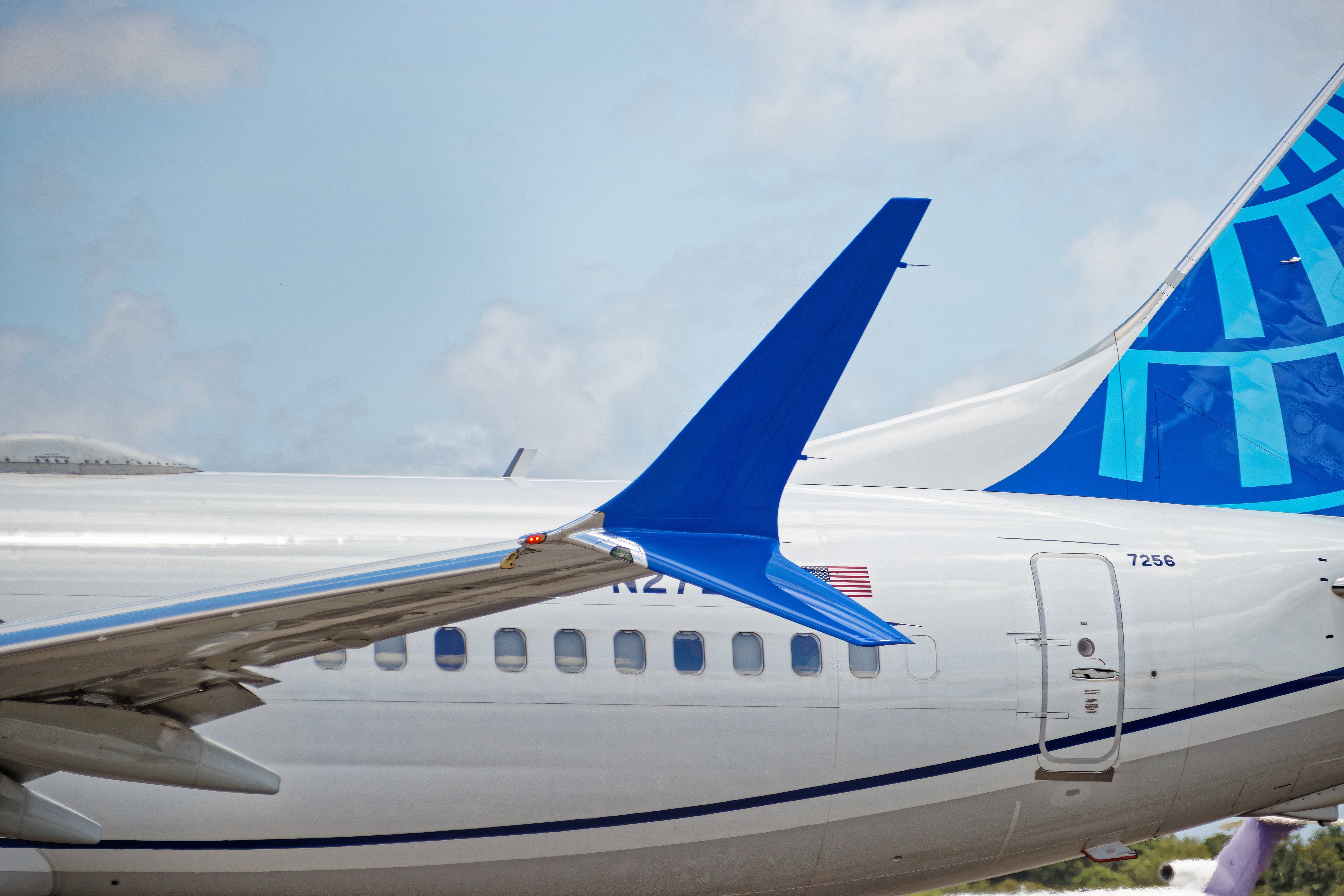
Related
As Low As 47%: The 10 US To Europe Routes With The Lowest Load Factors
Four of the 10 have now been cut or will end soon.
The top 15 origins and destinations
In the same 12-month period, Turkish Airlines had 500+ transfer-based airport pairs with 10,000+ passengers. This gives it (and hubs generally) strength. With more spokes, it needs fewer passengers per origin, spreading the risk and further helping to increase loads.
The 15 most popular segments were as follows. Notice the various markets from Europe to Islamabad, Moscow, and Tehran. The carrier benefits from restrictions/sanctions and the lack of alternative options. It will also benefit from travel to/from Syria and Libya.
Photo: ThaKlein | Shutterstock
Two UK-Pakistan markets took the top two spots. It’s no wonder Pakistan International is keen to return to the UK and why the small Pakistani carrier Airblue is advertising for UK jobs to begin flying to Manchester and London.
Turkish Airlines’ scale means these 15 markets barely accounted for one in every 60 passengers.
- Manchester-Islamabad (via Istanbul): 54,000 roundtrip passengers (no non-stops)
- Birmingham-Islamabad: 52,000 (no non-stops)
- Paris CDG to Moscow Vnukovo: 49,000 (no non-stops)
- Paris CDG to Tehran Imam Khomeini: 44,000 (no non-stops)
- Izmir to Şanlıurfa: 42,000 (has non-stops with Pegasus and SunExpress)
- Milan Malpensa to Moscow Vnukovo: 42,000 (no non-stops)
- Izmir to Trabzon: 41,000 (has non-stops with Pegasus and SunExpress)
- Los Angeles to Tehran Imam Khomeini: 40,000 (no non-stops)
- Dubai to Algiers: 39,000 (non-stops with Air Algerie and Emirates)
- New York JFK to Tbilisi: 38,000 (no non-stops; not large enough to make JFK’s top unserved markets list)
- Toronto to Tehran Imam Khomeini: 38,000 (no non-stops)
- Antalya to Trabzon: 37,000 (has non-stops with Pegasus and SunExpress)
- Izmir to Adana/Mersin: 36,000 (has non-stops with Pegasus and SunExpress)
- Seattle to Delhi: 34,000 (no non-stops; Air India said it’d begin the route, but Los Angeles appears more likely to be first)
- Rome Fiumicino to Moscow Vnukovo: 34,000 (no non-stops)

